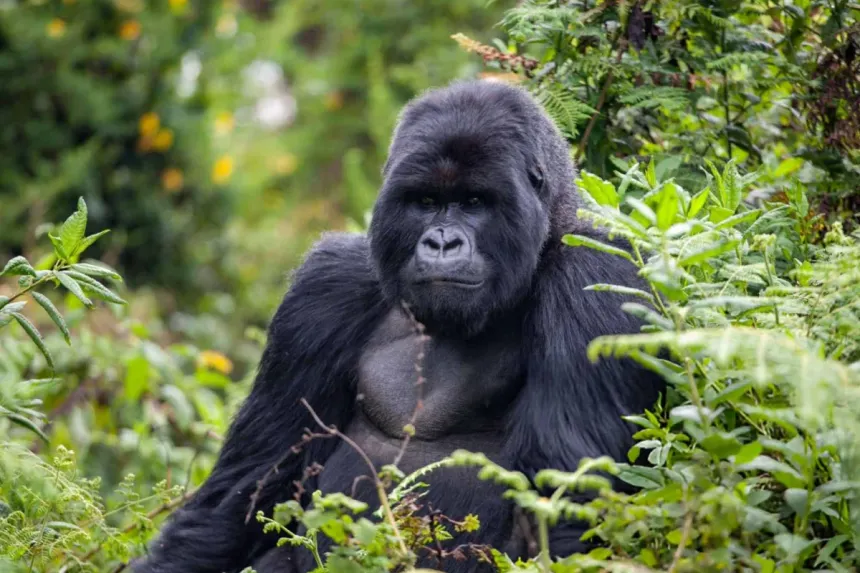Difference Between Emu and Ostrich.
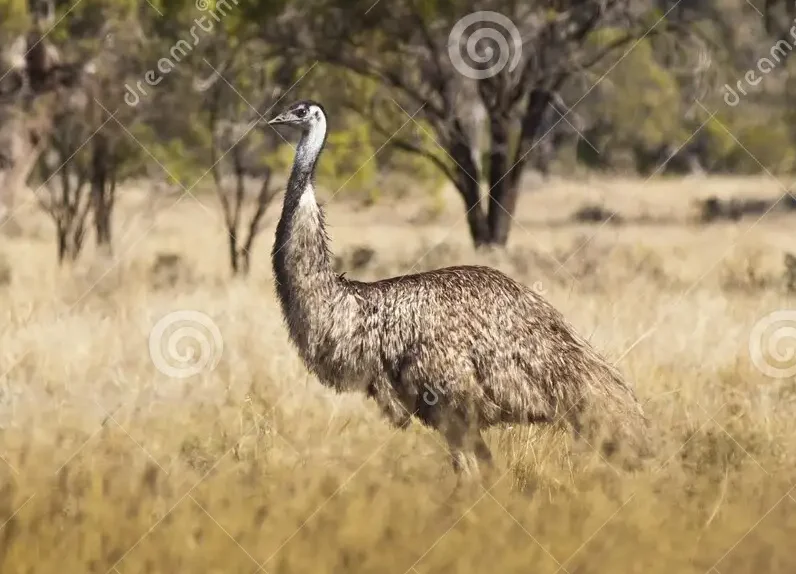
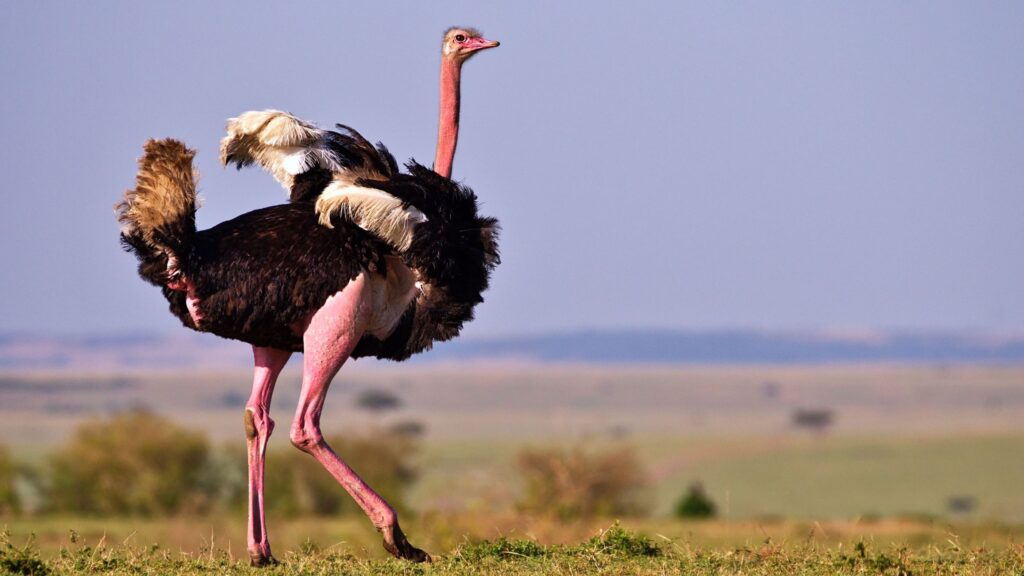
Difference Between Emu and Ostrich: The Giants of the Bird World
Emus and ostriches are two of the largest birds on Earth. Often confused due to their similar appearance — large, flightless, long-necked, and fast-running — these birds are actually very different in terms of origin, size, behavior, and physical traits. Let’s explore the key differences between the Emu (Dromaius novaehollandiae) and the Ostrich (Struthio camelus).
🌍 Habitat and Geographic Origin
- Emu: Native to Australia, emus are found across the continent in various habitats, including grasslands, forests, and deserts.
- Ostrich: Native to Africa, ostriches are found mostly in savannas, open woodlands, and semi-arid regions.
This geographic separation means they evolved independently in different environments, despite having some similarities due to convergent evolution.
📏 Size and Weight
- Ostrich: The largest bird in the world, standing up to 9 feet (2.7 meters) tall and weighing between 220–290 pounds (100–130 kg).
- Emu: The second-largest bird, reaching up to 6.2 feet (1.9 meters) and weighing around 66–120 pounds (30–55 kg).
Ostriches are not only taller but also much heavier than emus, giving them a more imposing presence.
🦵 Speed and Movement
- Ostrich: Can run up to 70 km/h (43 mph), making them the fastest-running bird on land.
- Emu: Slower than ostriches but still fast, reaching speeds of up to 50 km/h (31 mph).
Both birds rely on their strong legs to escape predators, as they cannot fly.
🐣 Eggs and Reproduction
- Ostrich eggs: Largest of any bird species — about 6 inches long and weighing up to 1.4 kg (3 pounds).
- Emu eggs: Smaller, but still large — about 5 inches long, with a unique dark green or bluish shell.
Male emus incubate the eggs and raise the chicks, while in ostriches, both males and females may share incubation duties.
🪶 Feathers and Appearance
- Ostrich: Has soft, loose feathers and a bare head and neck. Males are typically black and white, while females are grayish-brown.
- Emu: Covered in brownish-gray shaggy feathers that provide excellent camouflage. Both sexes look similar, though females are slightly larger.
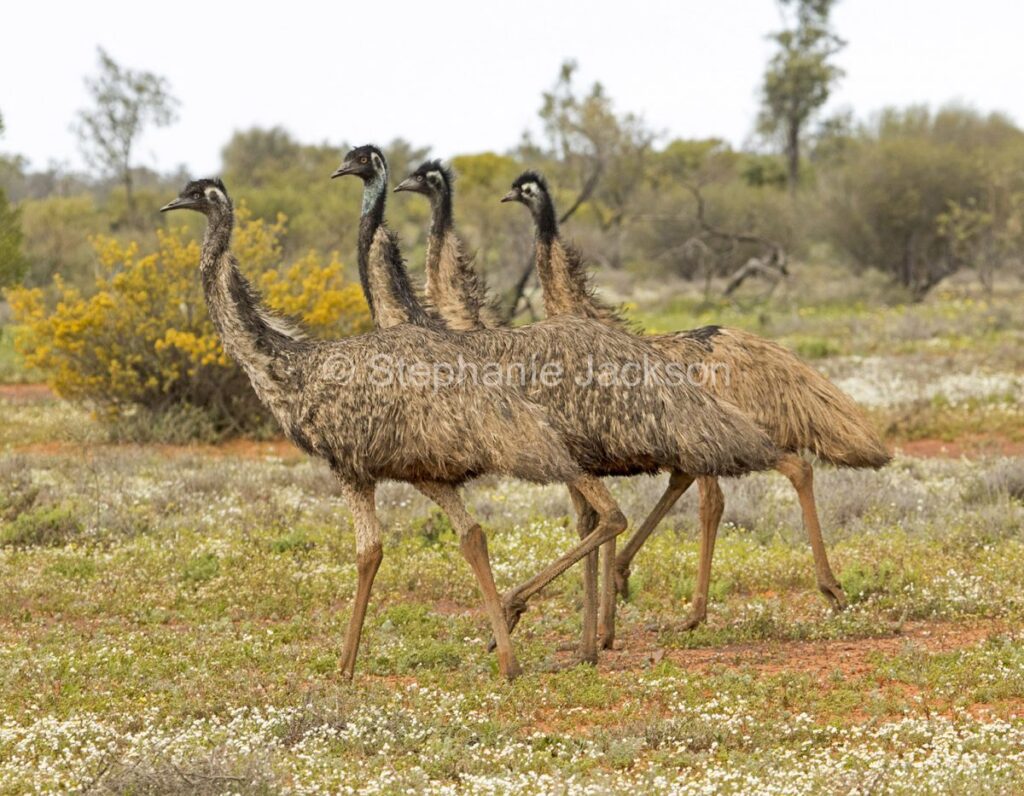
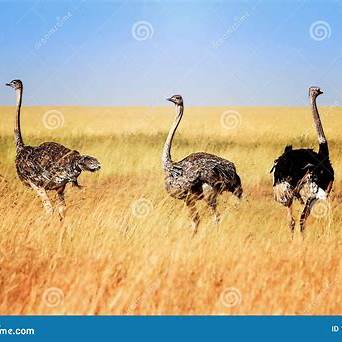
Their feather structures also differ, with ostrich feathers being more decorative and emu feathers providing better insulation.
🧠 Behavior and Social Structure
- Emu: Generally solitary or found in pairs, but may form larger groups when migrating or foraging.
- Ostrich: More social, often seen in groups, especially during breeding season. They may mix with other grazing animals like zebras or antelopes in the wild.
Ostriches are more aggressive when threatened, while emus tend to flee quickly.
🍃 Diet
Both are omnivores, feeding on a mix of plants, seeds, insects, and small animals. However:
- Emus tend to eat more insects and caterpillars, especially in dry regions.
- Ostriches rely more on roots, seeds, and grasses, but will eat insects and lizards if available.



